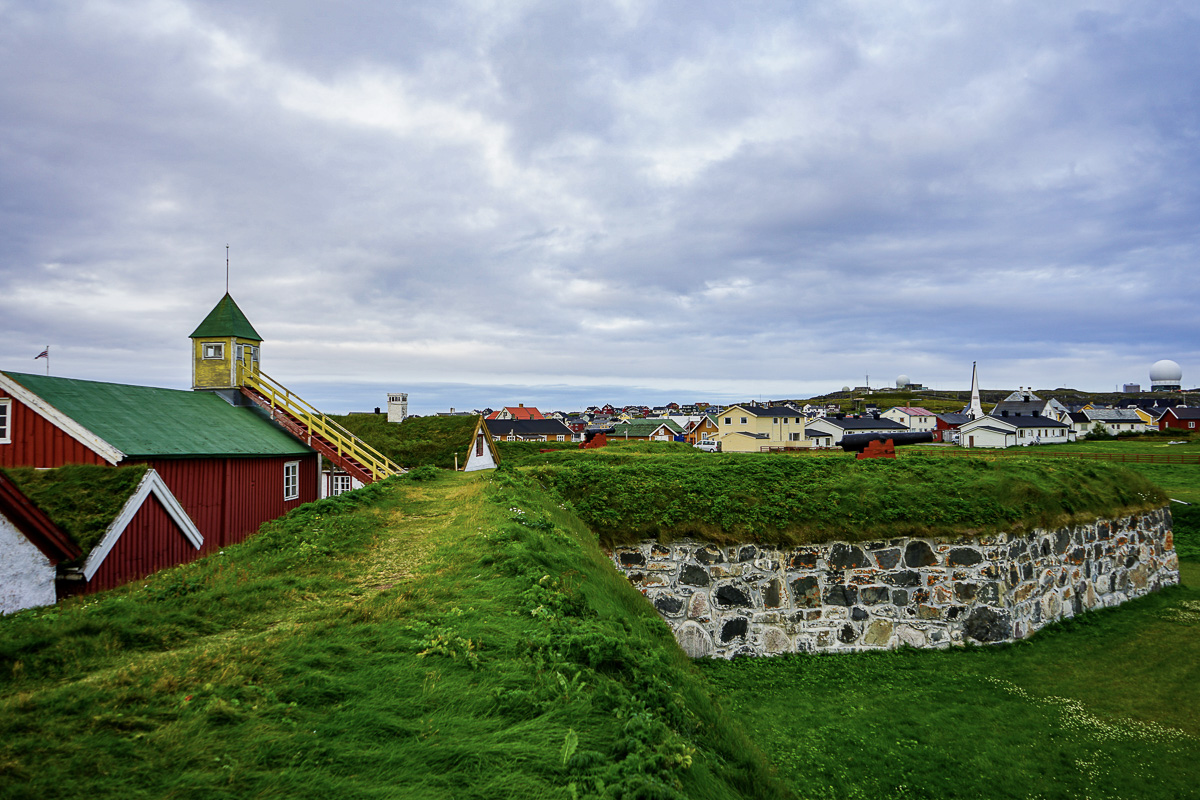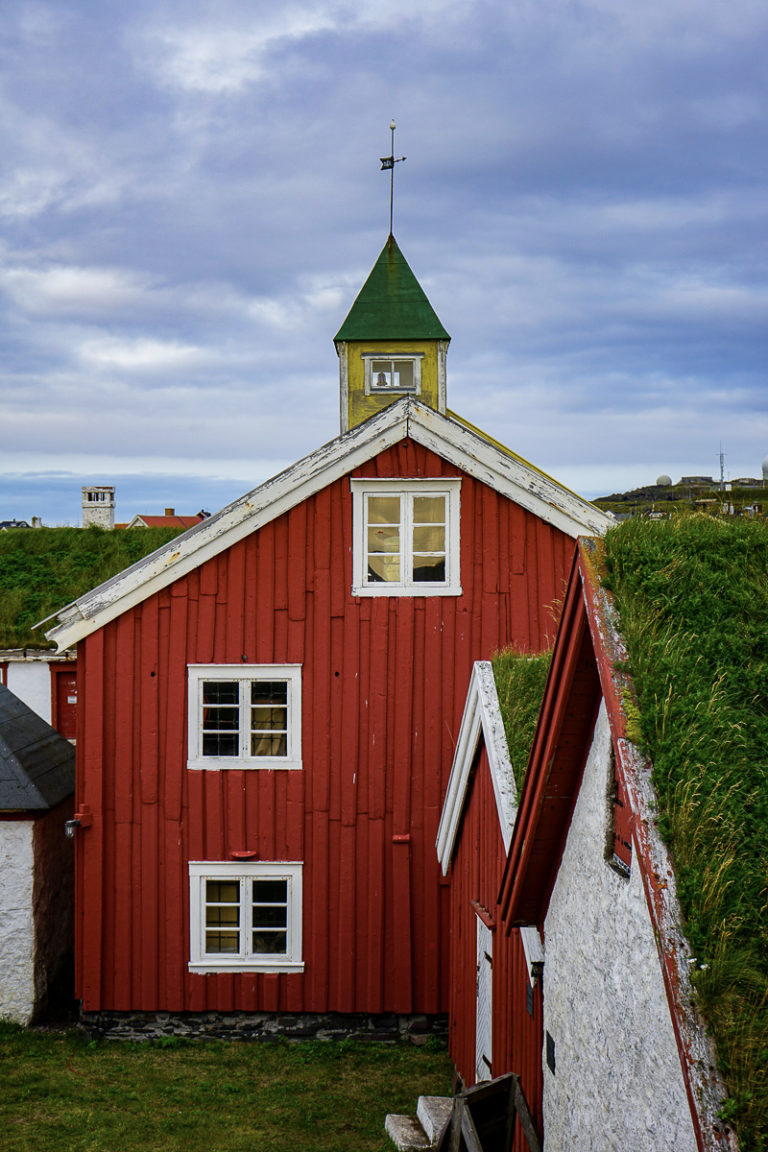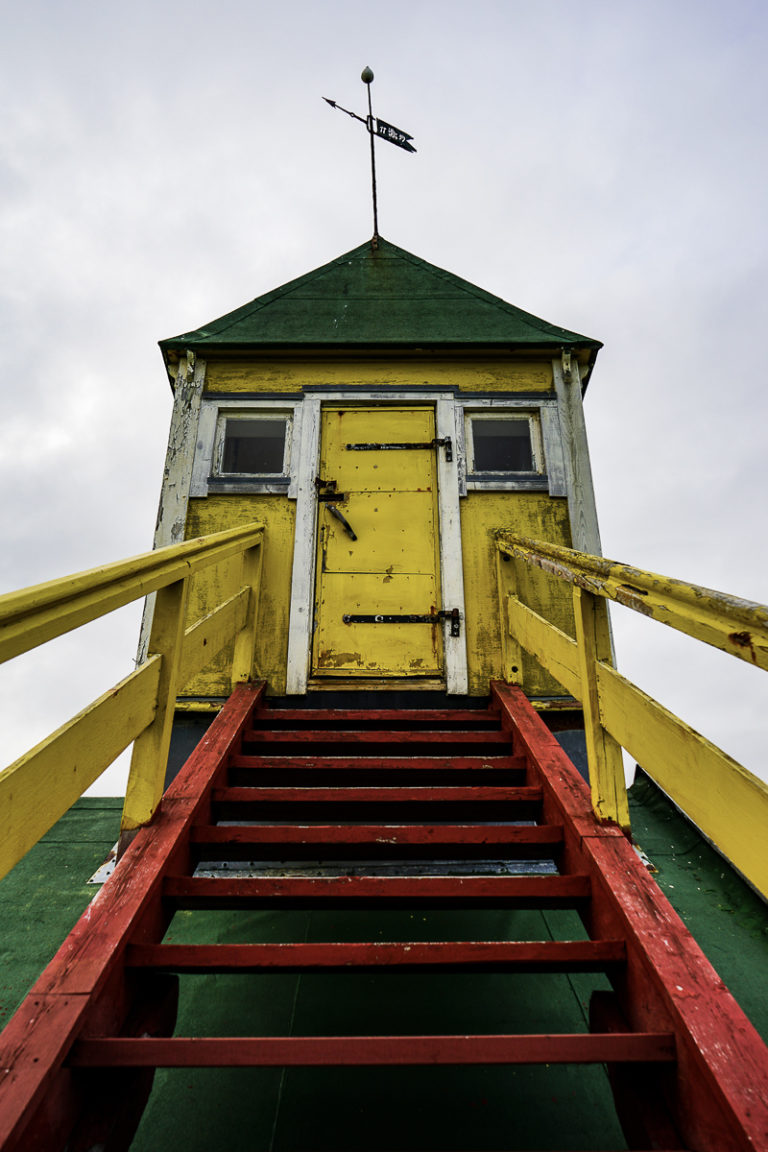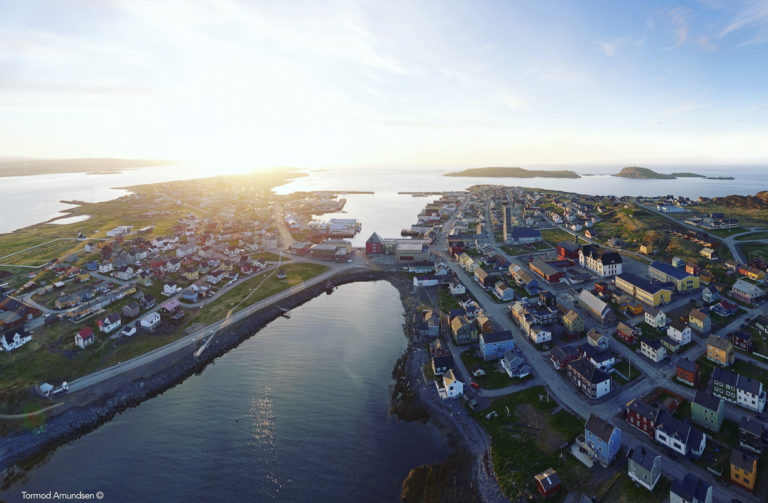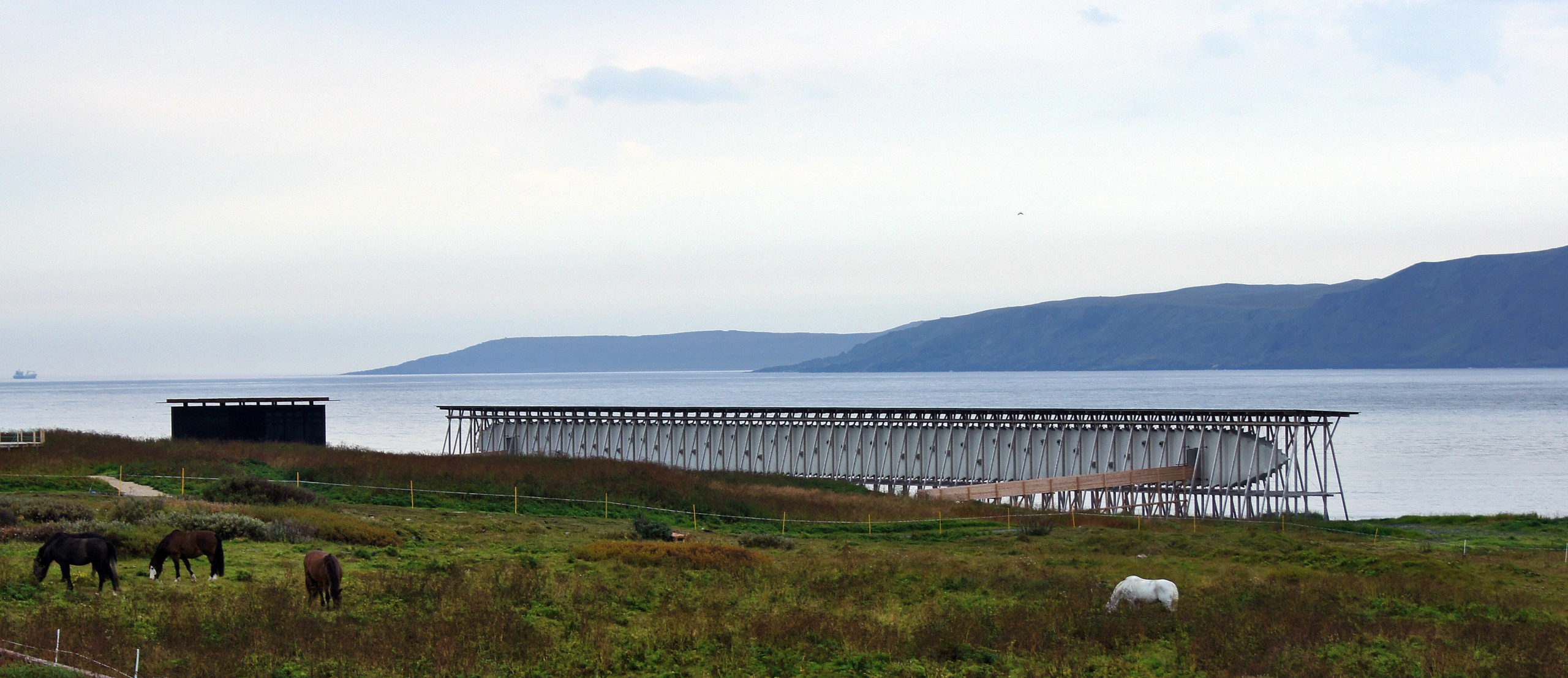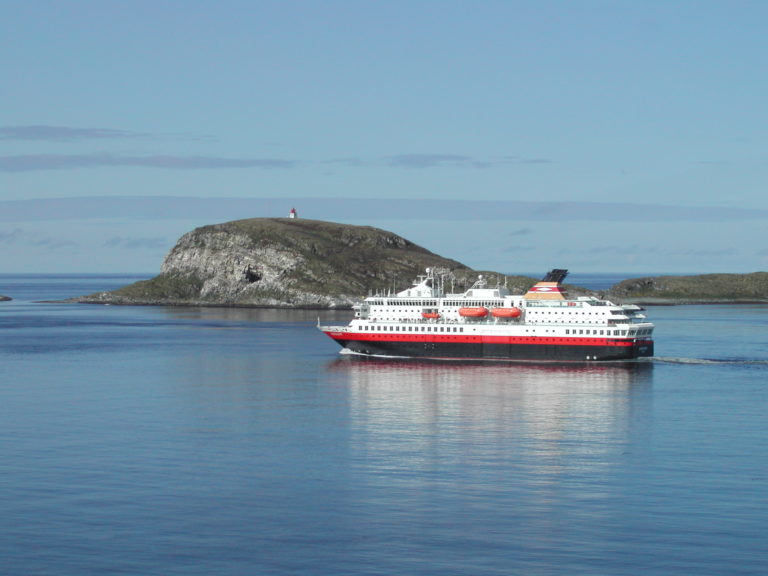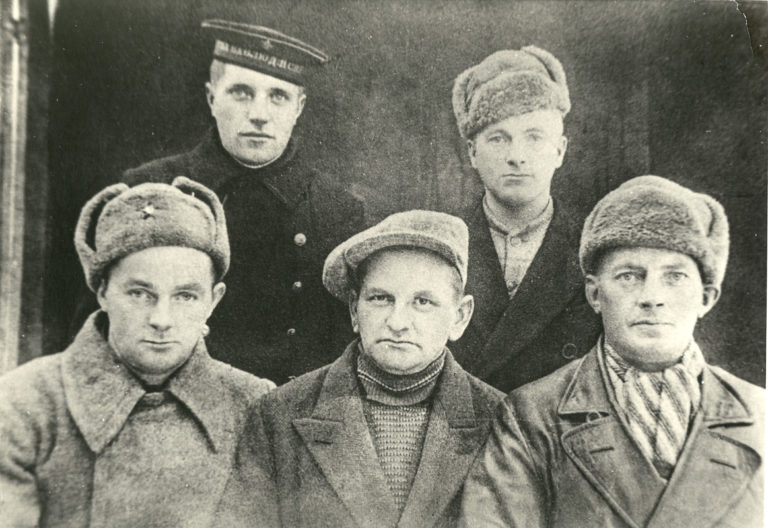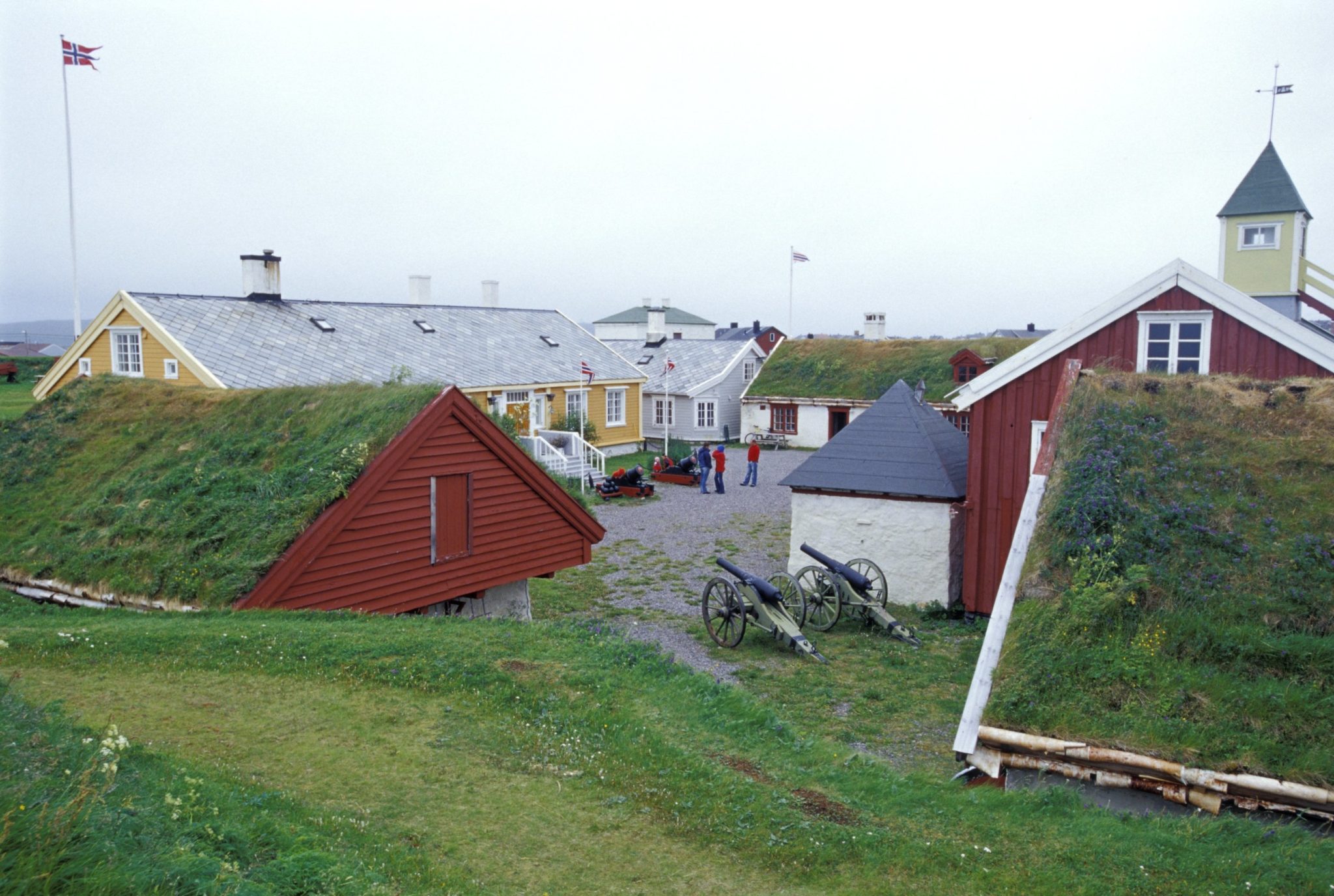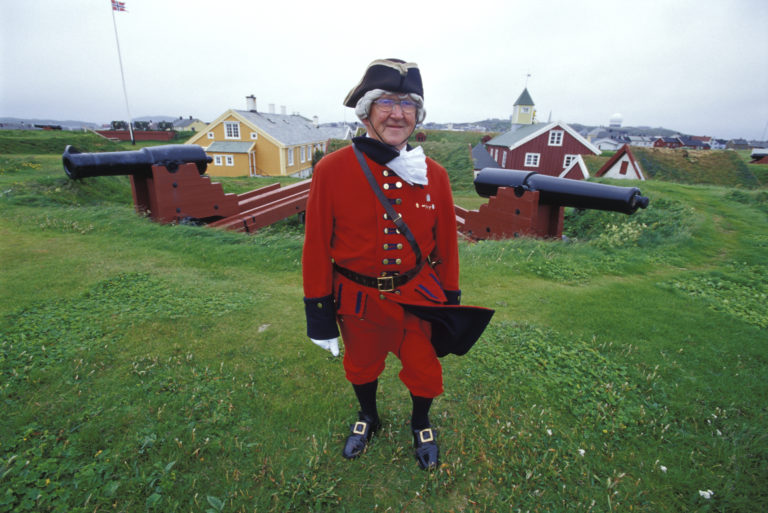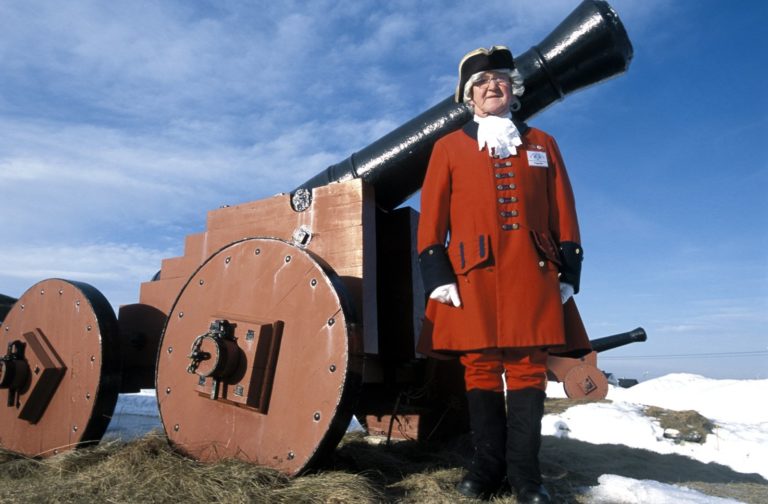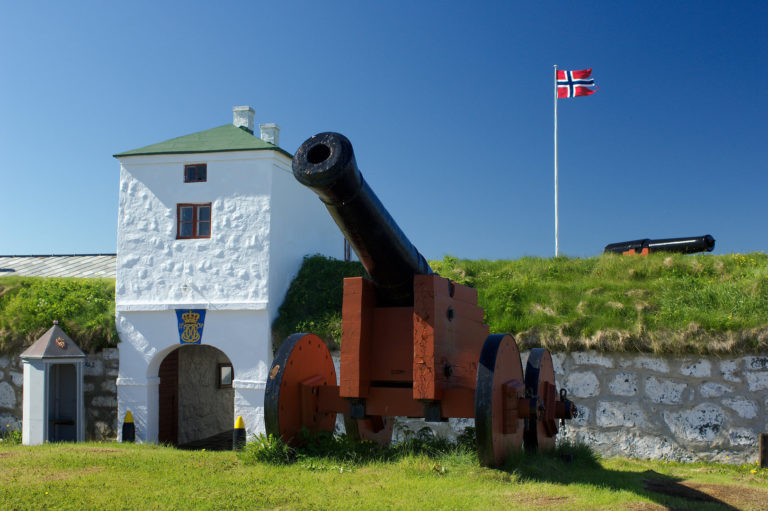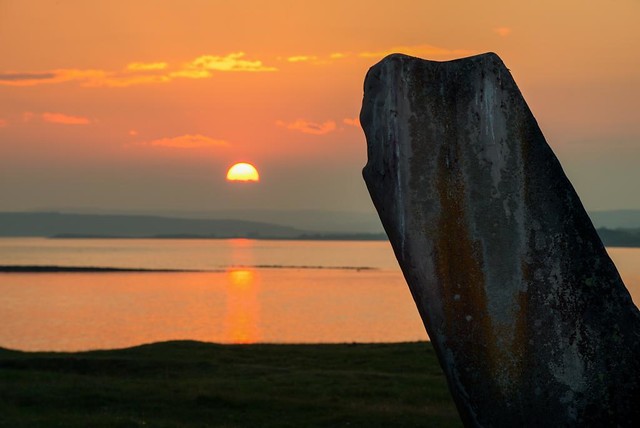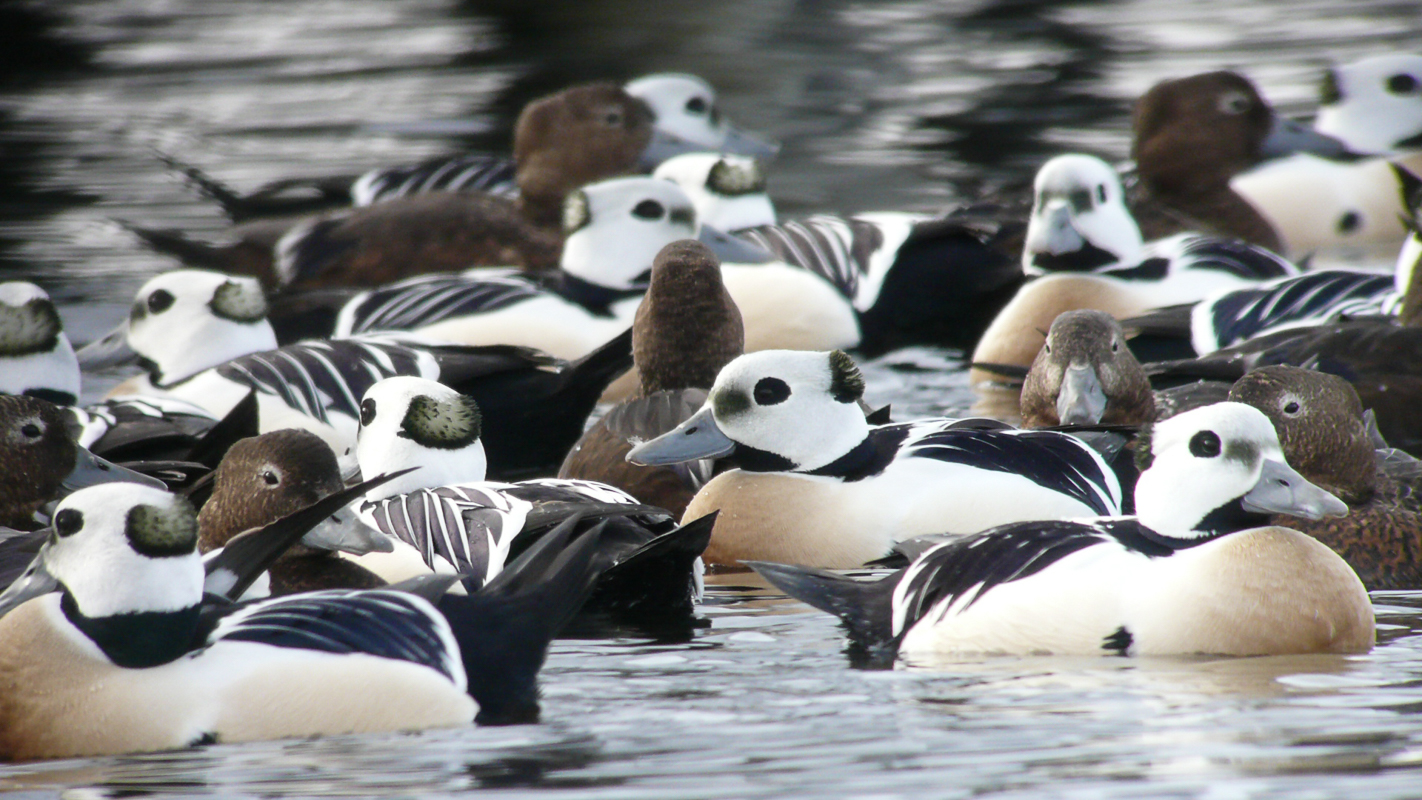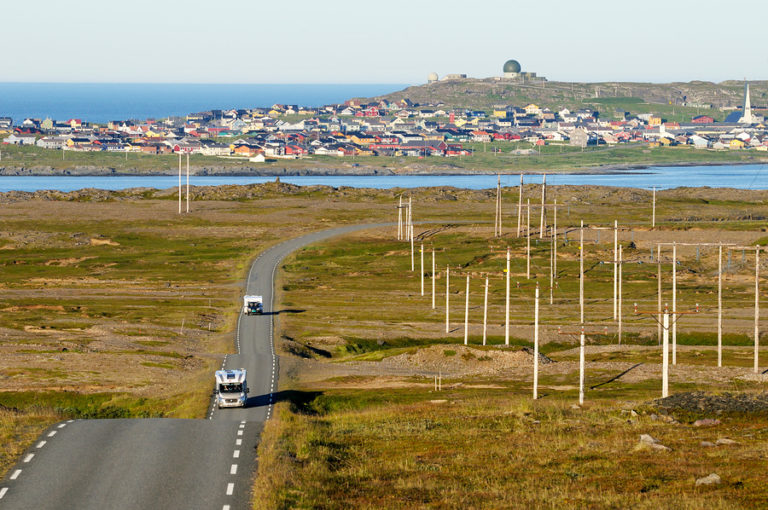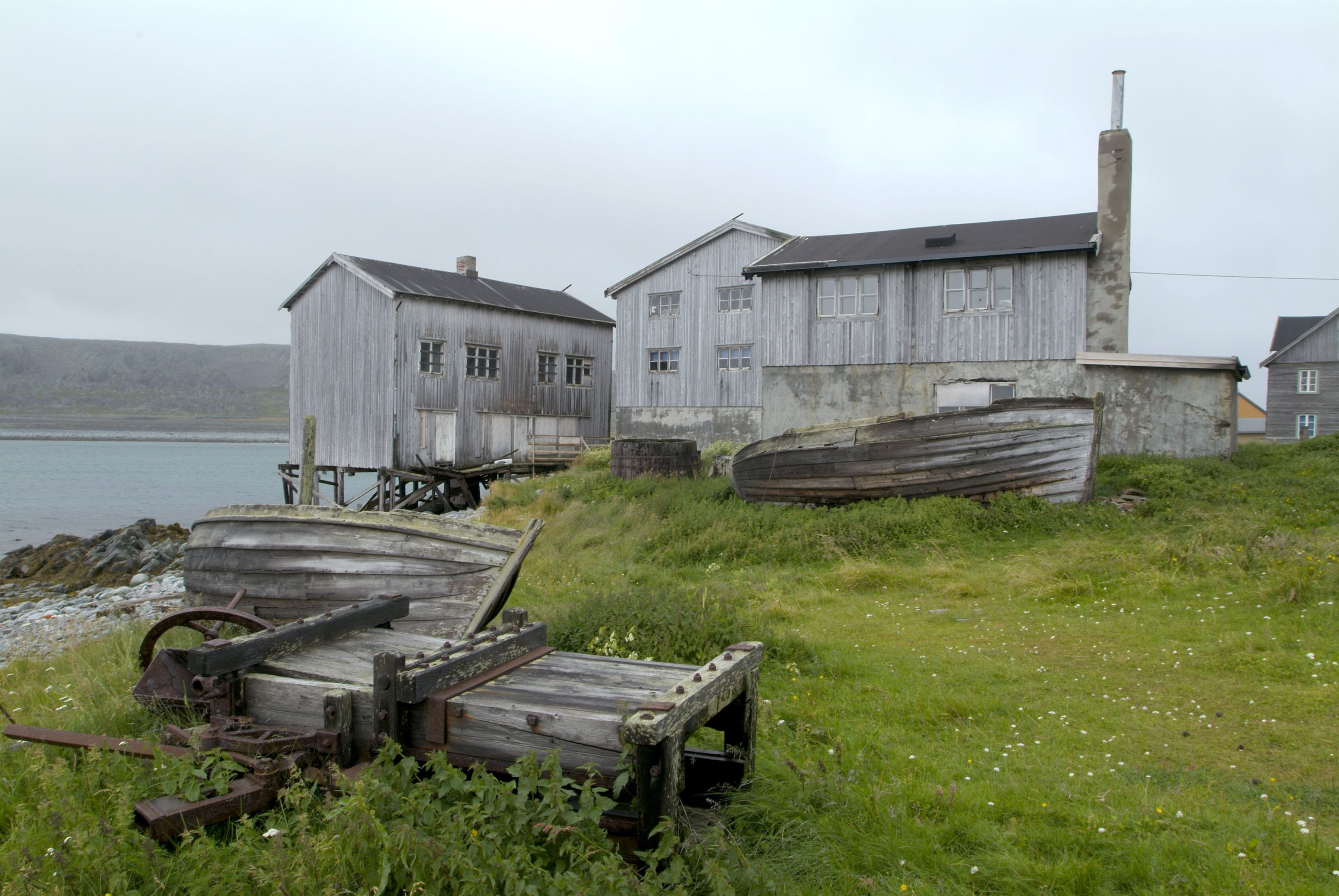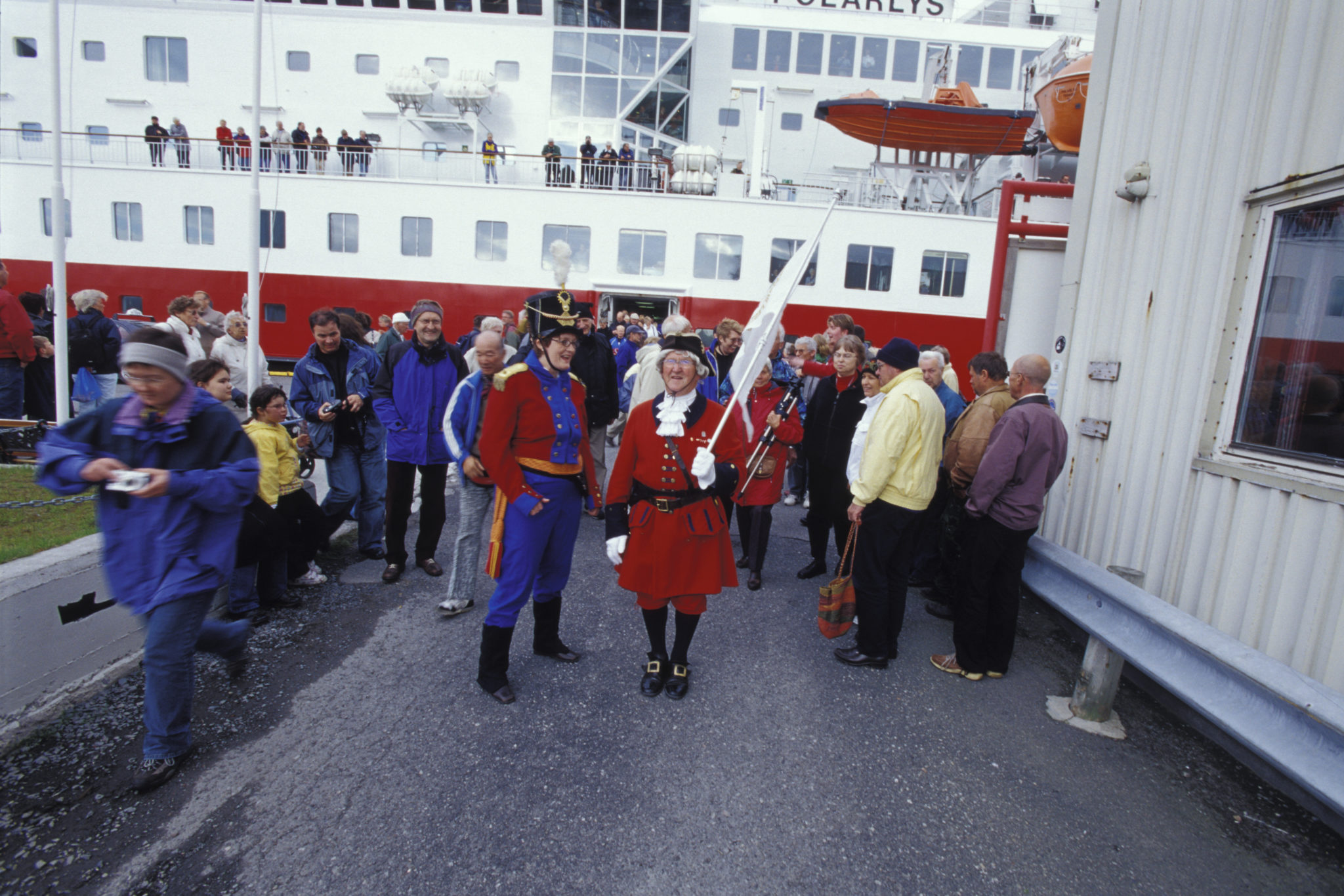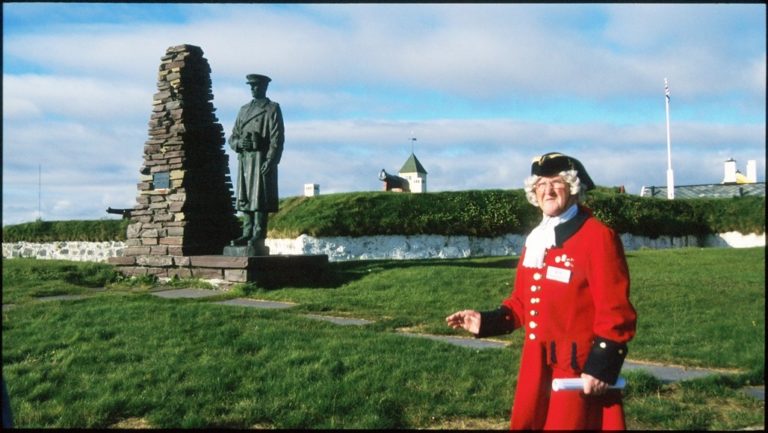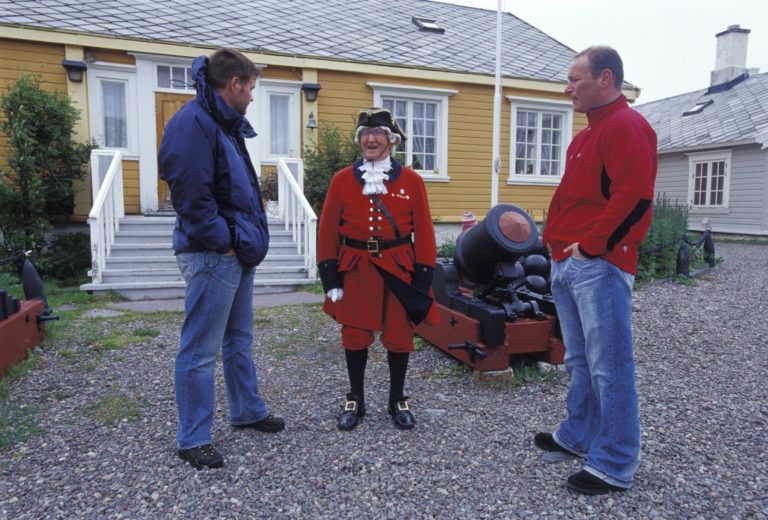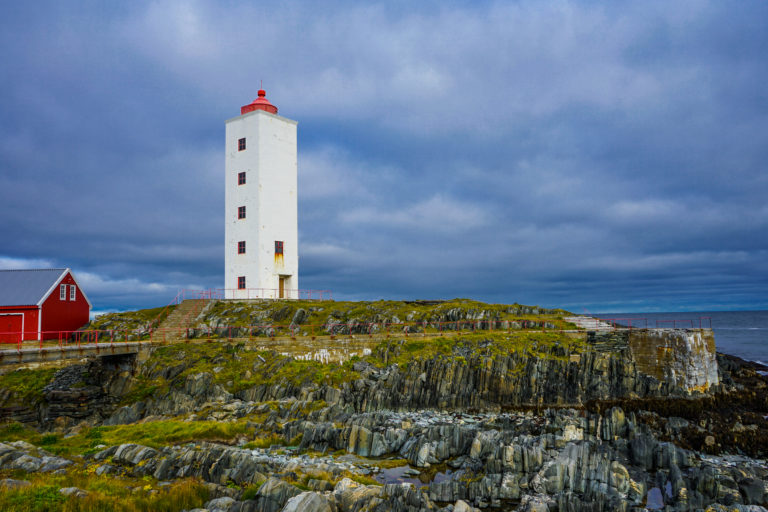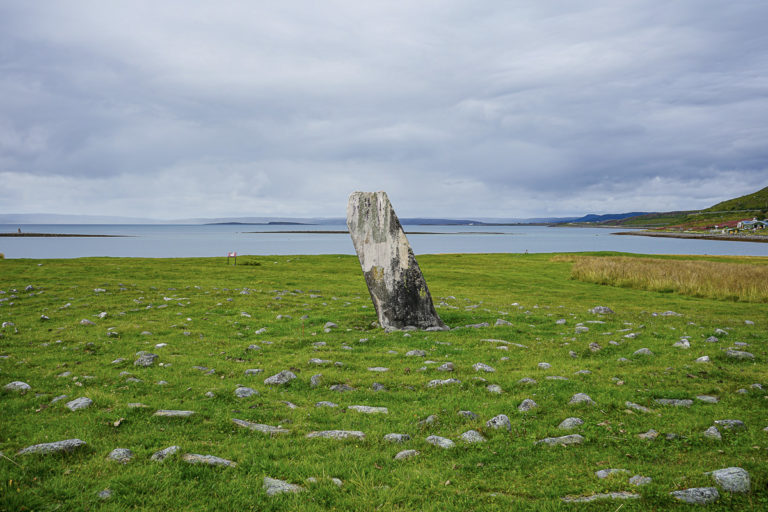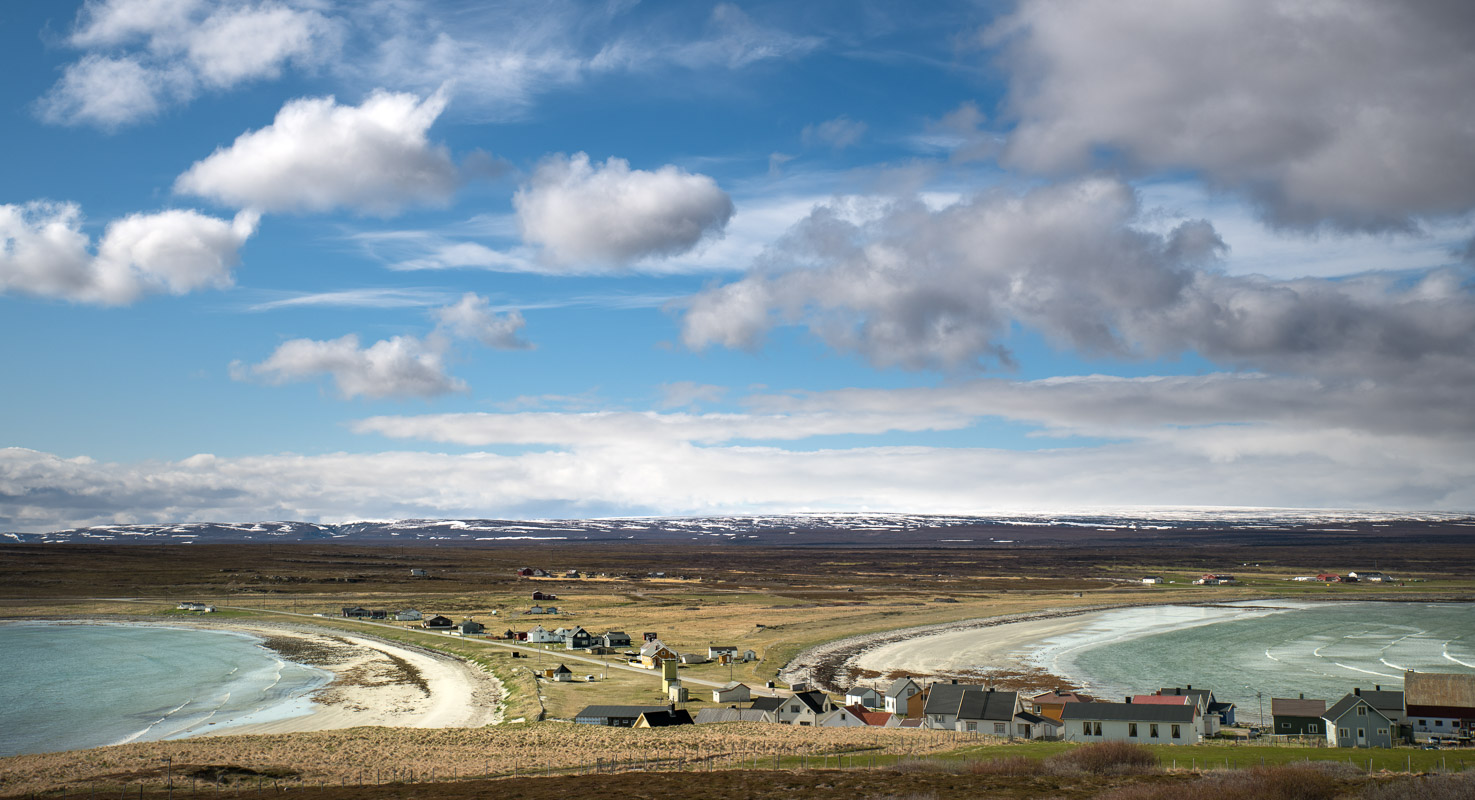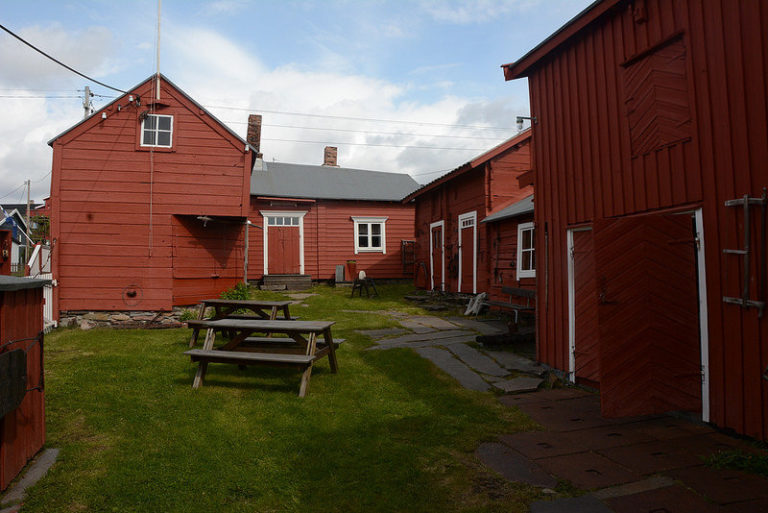Vardøhus fortress was built in 1734–38 by 40 soldiers from Bergen. The star-shaped fort was built in eighteenth-century fortification style, with low embankments designed to withstand cannon fire. Inside the fortress installation, there is a collection of historical wooden buildings from the 1700s and early 1800s.
The present day fortress is the third to stand on the site
The first fortifications on Vardøya Island were built as early as 1307 by King Håkon V Magnusson to protect the north-easternmost reaches of the Norwegian realm. During the Middle Ages, both Sweden and the Republic of Novgorod had interests in and around the Barents Sea, so it was important for Norway to highlight its sovereignty. A new fortress was built on the site at some point in the 1400s. In the seventeenth century, this fortress was the setting for the numerous witch trials that were held in Vardø, and the alleged witches were held for trial in these buildings.
Practical information on visiting Vardøhus Fortress
The town is located in the very far north east of Norway on an island connected to the mainland by an undersea tunnel. Wideroe airline fly to Vardø from Tromsø and other towns and cities across the north of Norway. The hurtigruten boat also stops here. For those that wish to drive, Vardø is located on the Norwegian Scenic Route Varanger.
During the summer season, 16. april – 15. september, the fortress is open all day from 10.00 – 21.00. During the winter season, 16. september – 15. april, the fortress is open form 10.00 – 18.00. The fortress is free to visit, but during special occasions or festivals you may need to buy a ticket.
Visit Varanger has all the information you need about visiting the region.
The fortress guns have only been used two times
The fortress was built to guard the border with Russia, although it is not known whether Russian forces ever attacked the installation. However, the fortress guns did open fire on English troops during the mainland blockade in 1808 and targeted German aircraft in June 1940.
The museum presents the whole history
A little local museum is housed in the Coastal Barrack building from 1811. The treasure here is the “Royal Beam”, into which King Christian IV scratched his initials during his visit in 1599. All subsequent royal visits – from Oscar I to King Harald V – are similarly recorded.
The only tree in Vardø is no longer alone
Vardø is the only Norwegian town in the Arctic climate zone. In the 1950s, a mountain ash was planted in front of the commandant’s residence, and this became known as the only tree in Vardø. Every winter, it was packed in and cared for. Unfortunately, it had to be cut down following comprehensive winter damage in 2002, but a new mountain ash was planted by the children of the local kindergarten in 2004. The new mountain ash is no longer alone, as a number of bushy rowan trees have been planted in various gardens nearby.
A salute to the sun occurs at the end of Polar night
Towards the end of January, when the whole of the sun can be seen for the first time over Varangerfjord in the south, the fortress fires two shots to salute its return. The school children in Vardø are also given the rest of the day off.
The fortress was used as a scientific outpost
In 1768–69, the Hungarian Jesuit priest Maximilian Hell was lodging in Vardøhus to witness the passage of Venus. After a winter spent studying the Northern Lights and the Sami language, the priest saw Venus pass in good weather on 3 June, and his observations helped determine the exact distance between the Earth and the Sun. Nothing remains of his observatory, but the location is marked with a memorial plaque.
